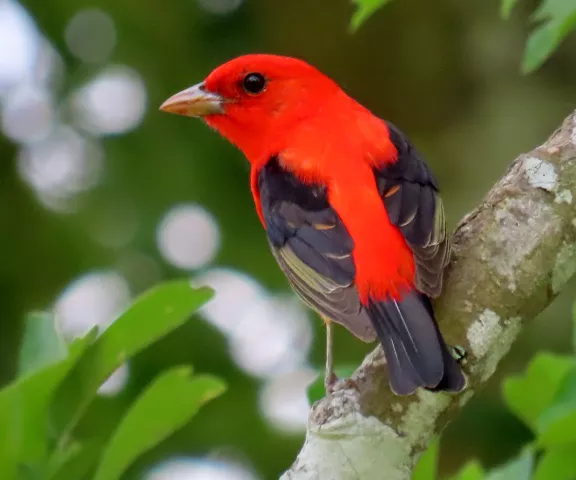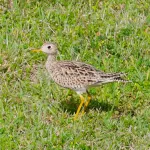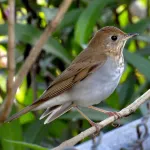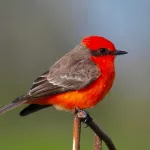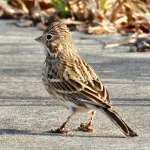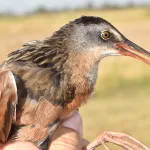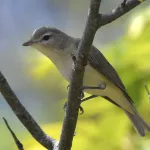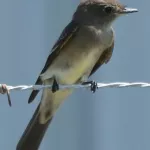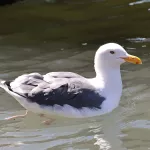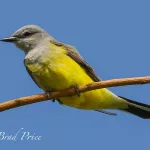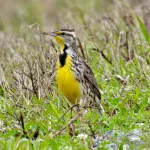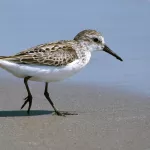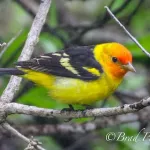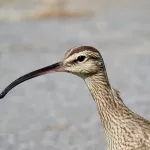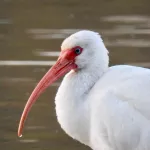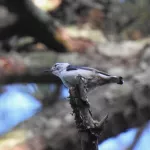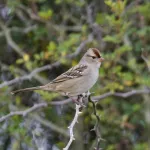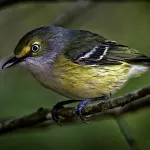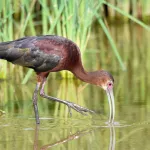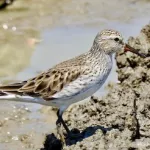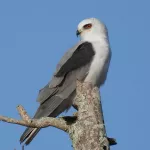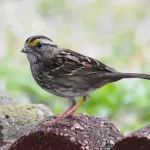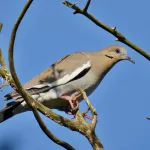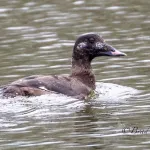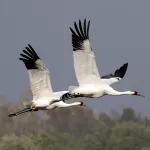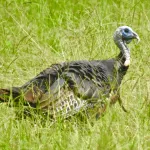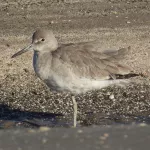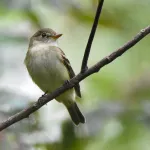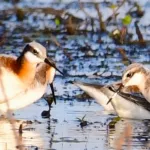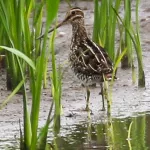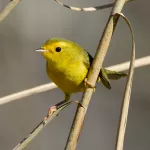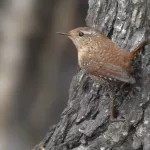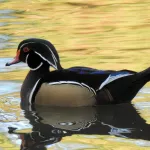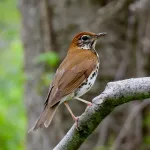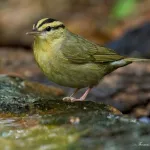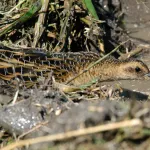About
View on MapNortheast Louisiana sports a wide range of habitats, from the dry sandy piney hills on the west to the sticky black clay of the Mississippi River's jungle-like plains on the east. In between, there are rivers, wetlands, cypress swamps, pine forests, and reservoirs.
As a result, visiting birders can discover a wide range of birds, including yellow Prothonotary Warblers, Pileated Woodpeckers and Roseate Spoonbills. Waterfowl and shorebirds are prominent in the region. Pastures, shrublands, and aquaculture impoundments produce a great diversity of birds in a small area, including Wood Storks, White-faced Ibis and Painted and Indigo Buntings. Upland regions provide opportunities to see piney woods dwellers like the rare Red-cockaded Woodpecker, along with Brown-headed Nuthatches and Henslow’s Sparrows.
Reservoir birding is big throughout the northeastern portion of Louisiana. Located amidst forested areas, these artificial water bodies have proven attractive and safe harbors for winter waterfowl and many associated waterbirds, including some rare/vagrant loons and grebes. A quick winter visit to these reservoirs can easily boost a birder's day list by two to three dozen species of waterfowl, grebes, loons, and raptors. This region's must-see reservoirs for winter birders include Caney Creek and Chatham Lake in Jackson Parish, D'Arbonne Lake in Union Parish, and Poverty Point Reservoir State Park in Richland Parish.
For the archaeologically-inclined naturalist, Poverty Point World Heritage Site is just a short drive north of Poverty Point Reservoir. It’s a comprehensively interpreted prehistoric site constructed 3,400 years ago as a religious and trading center. It also offers a nice nature trail system. Birders will find species ranging from Acadian Flycatchers to Winter Wrens and everything in between.
Remote chunks of wilderness include Upper Ouachita National Wildlife Refuge in northern Union Parish near the Arkansas line and the Tensas River National Wildlife Refuge near the Mississippi River in Madison Parish. Both sites are known to host Golden Eagles in winter.
Visiting birders from the east or north might want to stop first at Black Bayou Lake National Wildlife Refuge. The site offers comprehensive birding information and scores of species-spotting opportunities. In fact, 231 species have been recorded at the site.
